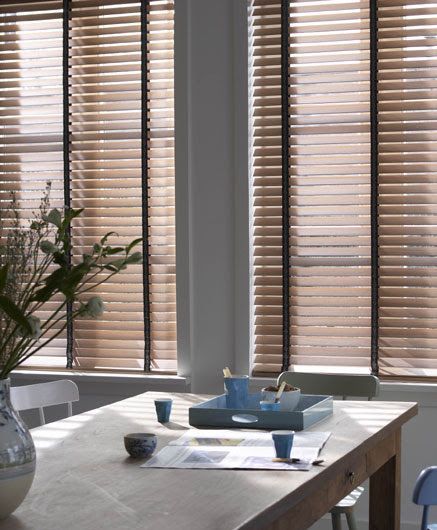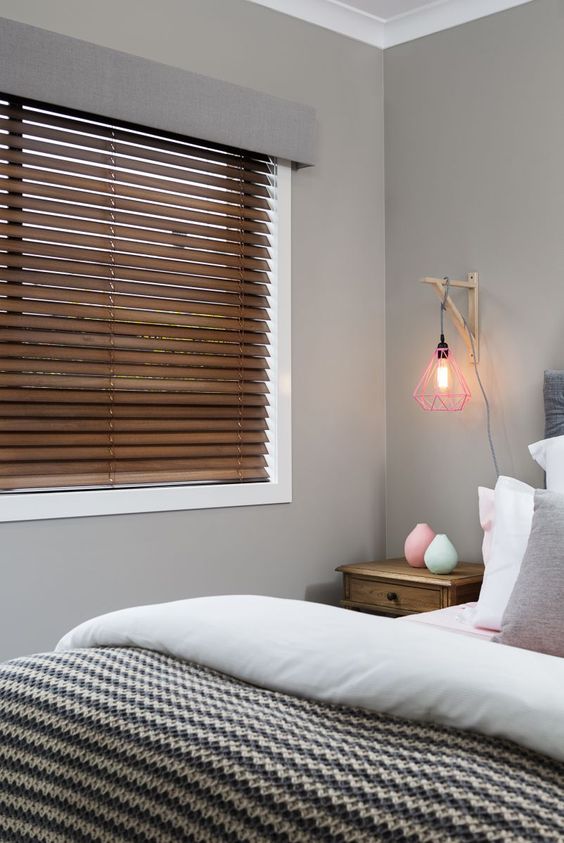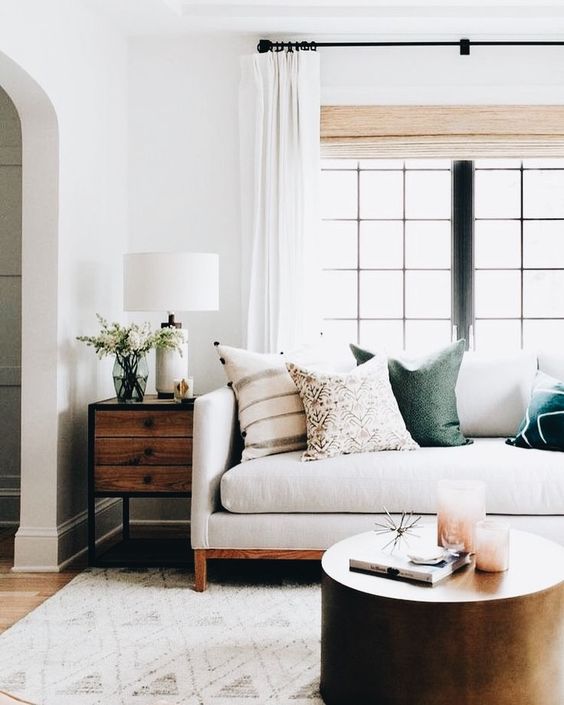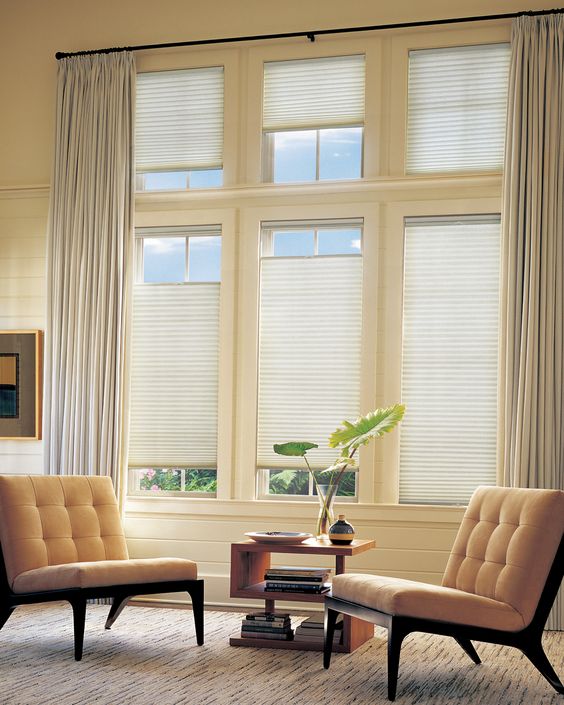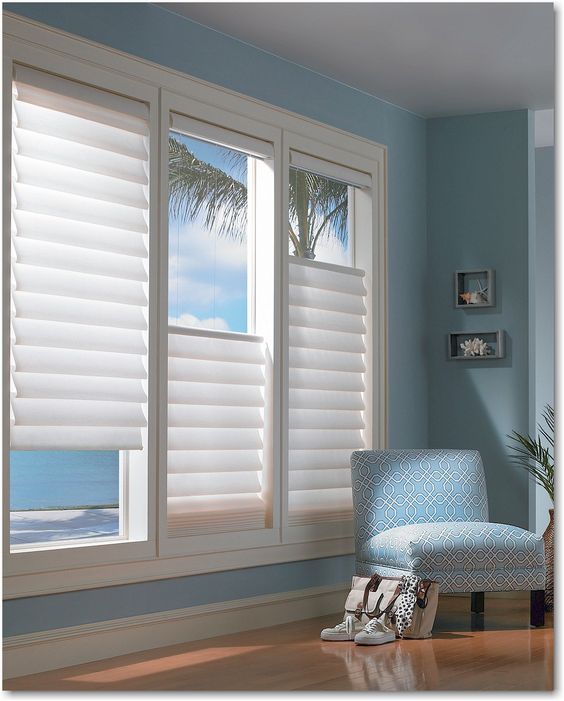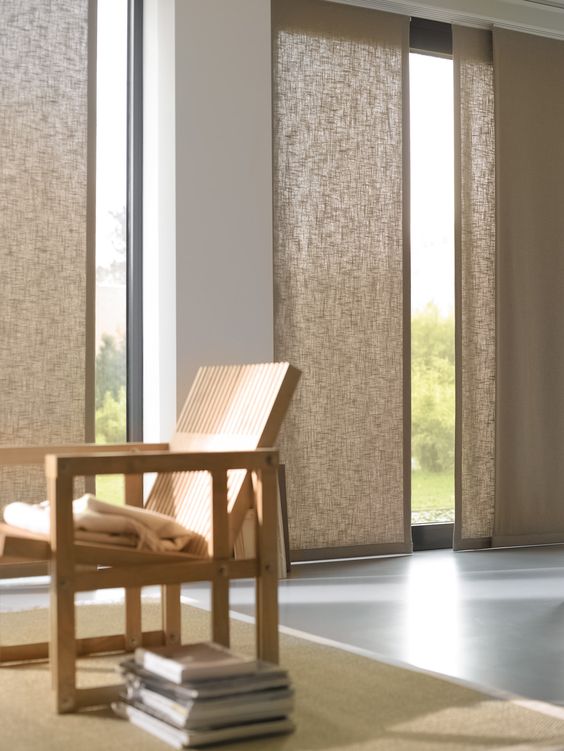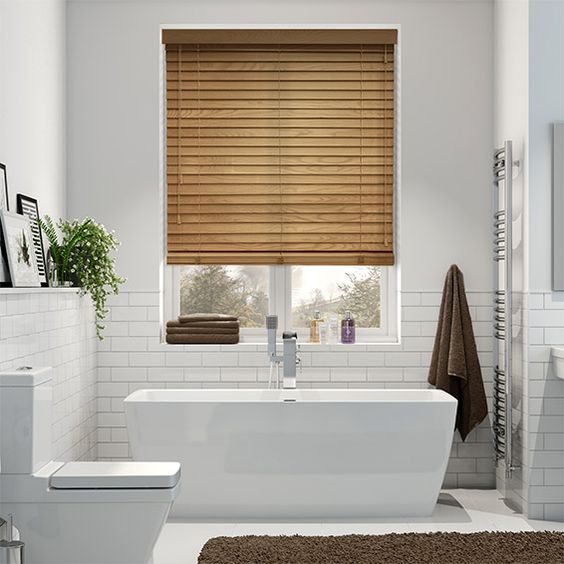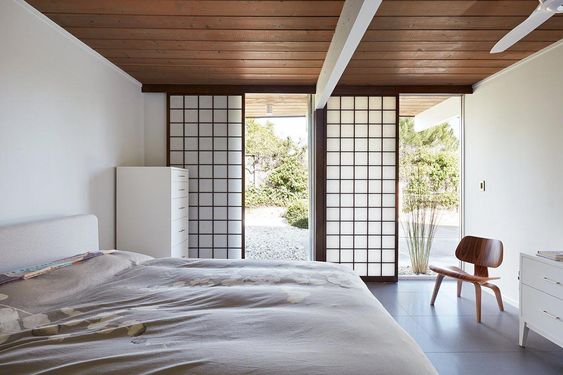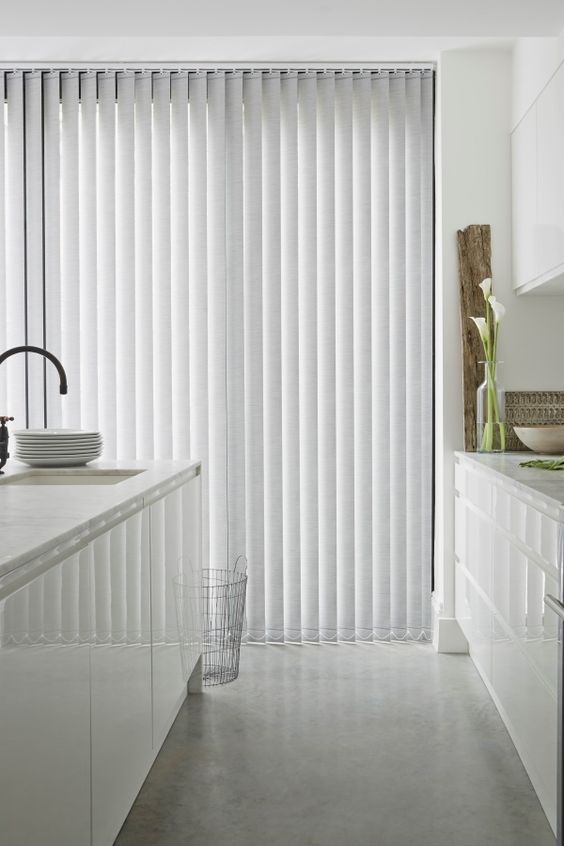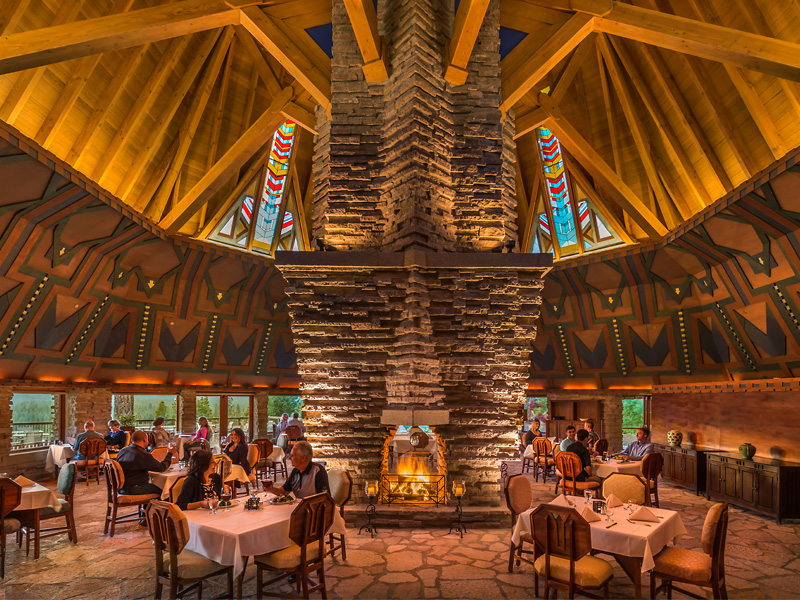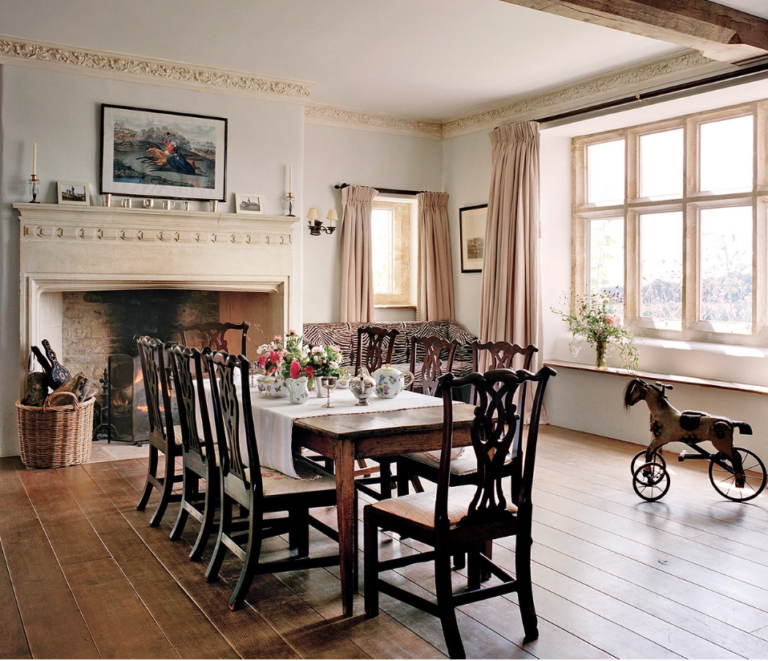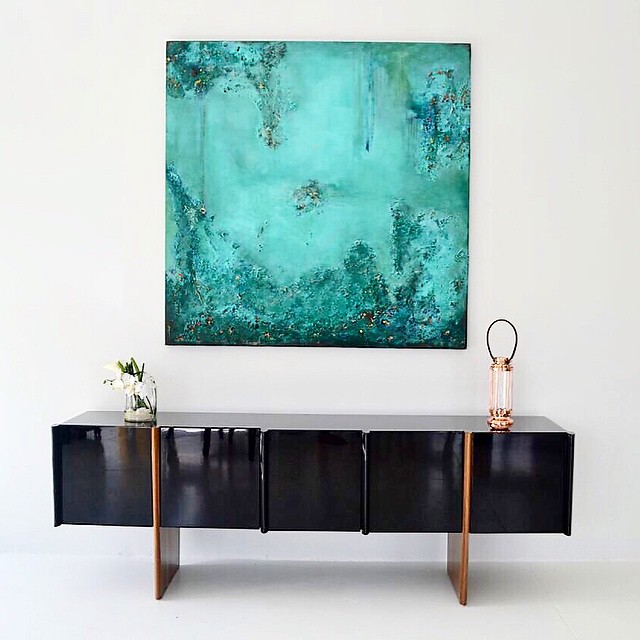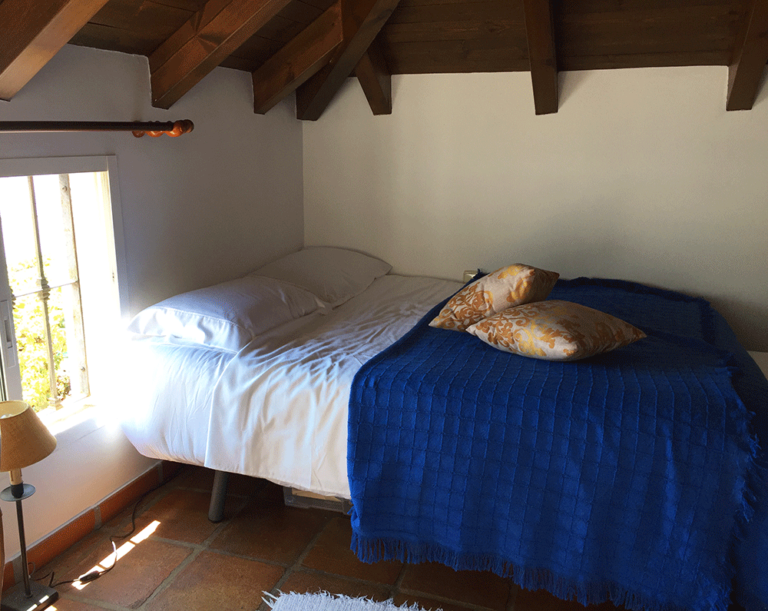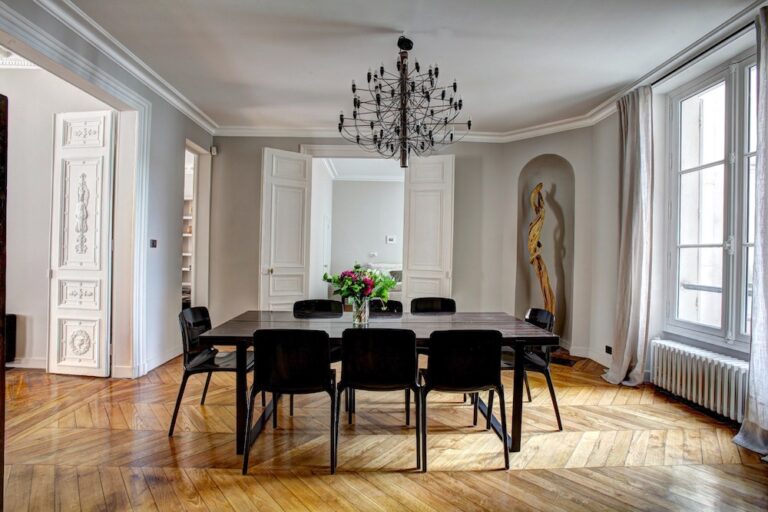What are Different Types of Window Treatments?
Window treatments are coverings which are placed inside, over or on top of windows. They provide privacy and also control the amount of natural light which enters a room during the day. In addition to that, window treatments can insulate a room by keeping the air inside cool during the Summer and by keeping it warm during the Winter. Window treatments serve a major role as part of the interior décor within a room. They range in design and style from simple window treatments to luxurious ones. Here are different types of window treatments that you can get today.
Main categories of window treatments
There are many types of window treatments today that are divided into 3 main categories. They include:
- Hard window treatments
- Soft window treatments
- Layered window treatments
Hard window treatments
Hard window treatments are made of rigid materials. Examples of these are wood, aluminum and plastic. They take the form of shutters, louvers, slats or Venetian blinds. Hard window treatments can control light and insulate the room. Due to their rigid nature, hard window treatments can keep intruders out. Hence, they also provide security. They can also protect the interior of a room from harsh weather conditions such as hailstorms. Interestingly, hard window treatments can also be used to improve the aesthetic appeal of a room or a house.
Soft window treatments
Soft window treatments are made of soft, malleable materials. Examples of these are fabric and paper. They take the form of curtains, sheer, drapes, valances and shades. Due to their soft texture, these window treatments can be made into attractive designs and patterns. They can also be dyed or embroidered to boost their aesthetic appeal.
Layered window treatments
These are made up of both soft and hard window treatments. For example, they can take the form of shutters and sheer. Layered window treatments allow you to control the light that enters a room as well as provide a degree of security from intruders or harsh weather.
Types of window treatments
Woven wood shades
These are exotic types of window treatments. Also referred to as matchstick or bamboo shades, they provide an exotic and natural way to control the light which enters a room. They can add a casual, beautiful appearance to any décor. They can be made of reeds, thin strips of wood or grasses. Thanks to their materials, these woven wood shades add natural charm to a room.
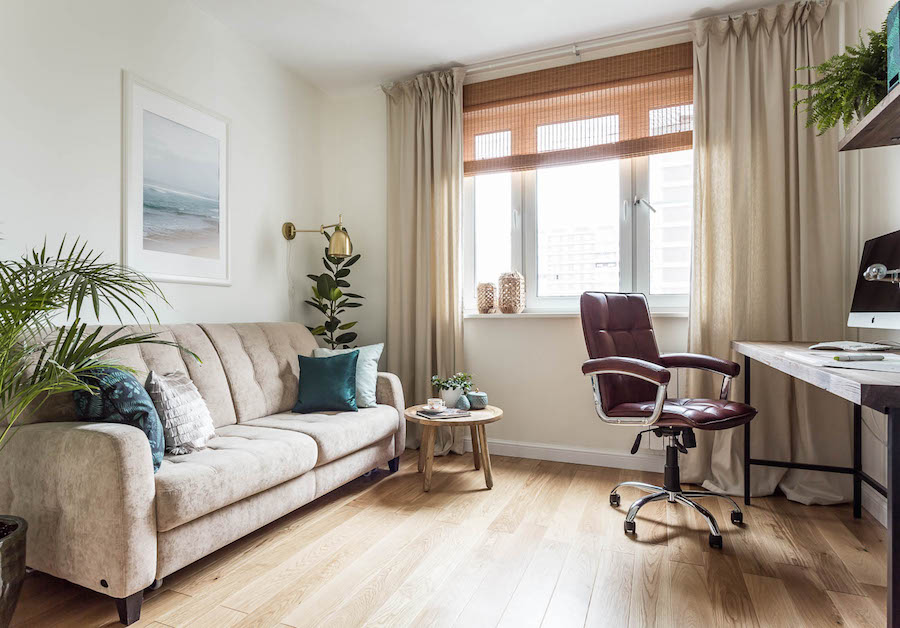
Roman shades
These are shades which are made using specialized fabric that hangs completely flat over your window after they are closed. Upon opening the Roman shades, they fold into horizontal pleats. These shades provide control over light, privacy and insulation. They can also be made from a variety of fabrics. Normally, they are opened with a cord. As such, you can adjust how much of your window you need covered. Roman shades are aesthetically pleasing due to the patterns on their fabric sections.
Cellular Shades
These shades have a unique, interesting design that serves multiple purposes at the same time. Cellular shades are made using a honeycomb design. Due to this structure, they insulate your home and maximize energy efficiency. The honeycomb cell shape traps air and holds it in. By doing so, it creates a bubble that insulates the room. It provides warmth during the Winter and keeps the room cool in the Summer.
Cellular shades also control the amount of light which filters into a room. They are available in single, double or triple cell structure. Upon installation, they can filter light or facilitate complete blackout. These shades are usually made up of soft materials such as cloth or paper. In most situations, cellular shades are made of bonded polyester or spun lace.
Pleated Blinds
This is an interesting type of window treatment. Pleated blinds are made from a soft material which is pressed into pleats. The material is them held within a frame such that it can fold up or stretch out. Pleated blinds are made of light fabric or paper. They filter the light which enters a room and also provide insulation. They are made according to Bottom-Up or Top-Down designs.
Panel tracks
These are simple, minimalist window treatments. Panel tracks are often referred to as sliding window panels. This is due to their method of operation. They are stylish treatments for large picture windows or sliding doors.
Venetian Blinds
Made of materials such as plastic, wood or metal, Venetian Blinds are aesthetically pleasing and versatile in nature. These blinds have slats that are suspended horizontally within a frame by a cord or a piece of tape. They are opened up by rotating the slats until they have a horizontal position. On the other hand, they are closed by rotating the slats until they achieve a vertical position and overlap on each other. The slats on Venetian Blinds can measure between 16 and 120 mm. A width of 25 mm is the most commonly found one today. These types of blinds can be incorporated into Bay Shutters. You can find bay shutters that fit into your interior décor.
Shoji Panels
These are some Japanese types of interior window treatments. Shoji panels are used for decoration as well as light control. They are essentially screens that have a wooden or bamboo frame. The panels themselves are made of rice paper. This material is translucent and can allow soft light to enter a room. It is also porous. As a result, the Shoji panels can filter the air which flows into a room. These panels can be made such that they are free standing in nature. This allows you to move them from one window to another according to your preference.
Vertical Blinds
These are quite similar in structure to the Venetian ones but they are held vertically within a frame. Instead of being lowered or lifted up and down in the window frame, Vertical blinds are drawn from side to side. They operate much faster with less effort. Vertical blinds are effective for covering windows or glass doors that are very wide or quite tall. This type of blinds is quite versatile too. They can filter the light which enters a room and provide noise reduction. They also insulate the room where they are installed. Vertical blinds are made of materials such as wood, metal, Polyvinyl Chloride (PVC), fabric or embossed paper.
There are various types of window treatments today. You can pick out the one that’s most applicable for your home or office based on the interior décor and function that you’re trying to achieve. They are an excellent addition to any space today!

